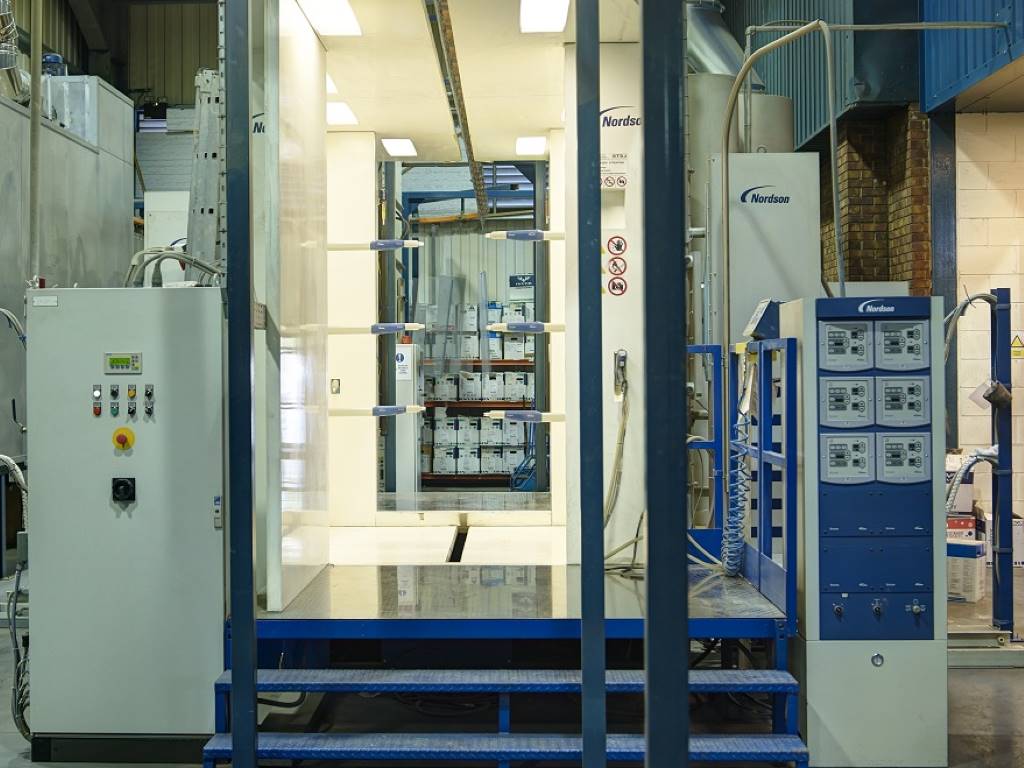3D printing in the oil and gas industry is slowly growing

The use of additive manufacturing is gradually increasing in the oil and gas industry, according to a new report from GlobalData.
Over the years, 3D printing has become prominent in different industries and has significantly influenced automotive and aerospace manufacturing. The technology will be worth $32 billion by 2025 worldwide and over $60 billion by 2030, the data and analytics company has said.
In the oil and gas sector, some of the technology's applications include manufacturing spare parts on site, testing new product designs and simplifying inventory management to save costs.
Ravindra Puranik, oil & gas analyst at GlobalData, commented: “The oil and gas industry has shown slow but steady adoption of 3D printing in recent years. Initially, this technology was largely limited to polymer-based products. However, recent advancements in metal-based 3D printing are making this technology more relevant to the oil and gas industry.”
The key benefit of 3D printing technology lies in reducing the time it takes to produce complex prototypes. 3D printers can also lower the time required to manufacture functional products for use in operations.
“Due to stricter environmental norms, volatile oil prices and ever-increasing competition, companies are gravitating towards complex equipment designs to achieve operational efficiency,” Mr Puranik continued. “The ability to produce complex components, which are otherwise impossible to manufacture using conventional processes, is turning 3D printing into a must-have technology.”
In the industrial domain, 3D printing primarily enhances the speed of product manufacturing and addresses the challenges associated with producing prototypes during new product development, irrespective of design complexities.
The technology has the potential to engage companies into multiple product design cycles and enable faster validation of designs. In most cases, it enables companies to manufacture components of field equipment on site within a short time. This reduces the lead time in replacement of components that are critical for smooth functioning of operations.
Mr Puranik added: “Lengthy procurement processes for obtaining spare parts often compel oil and gas companies to maintain extraordinarily high inventory levels, leading to warehousing costs. 3D printing technology can address this issue by enabling companies to manufacture parts on a need basis.
GlobalData www.globaldata.com














